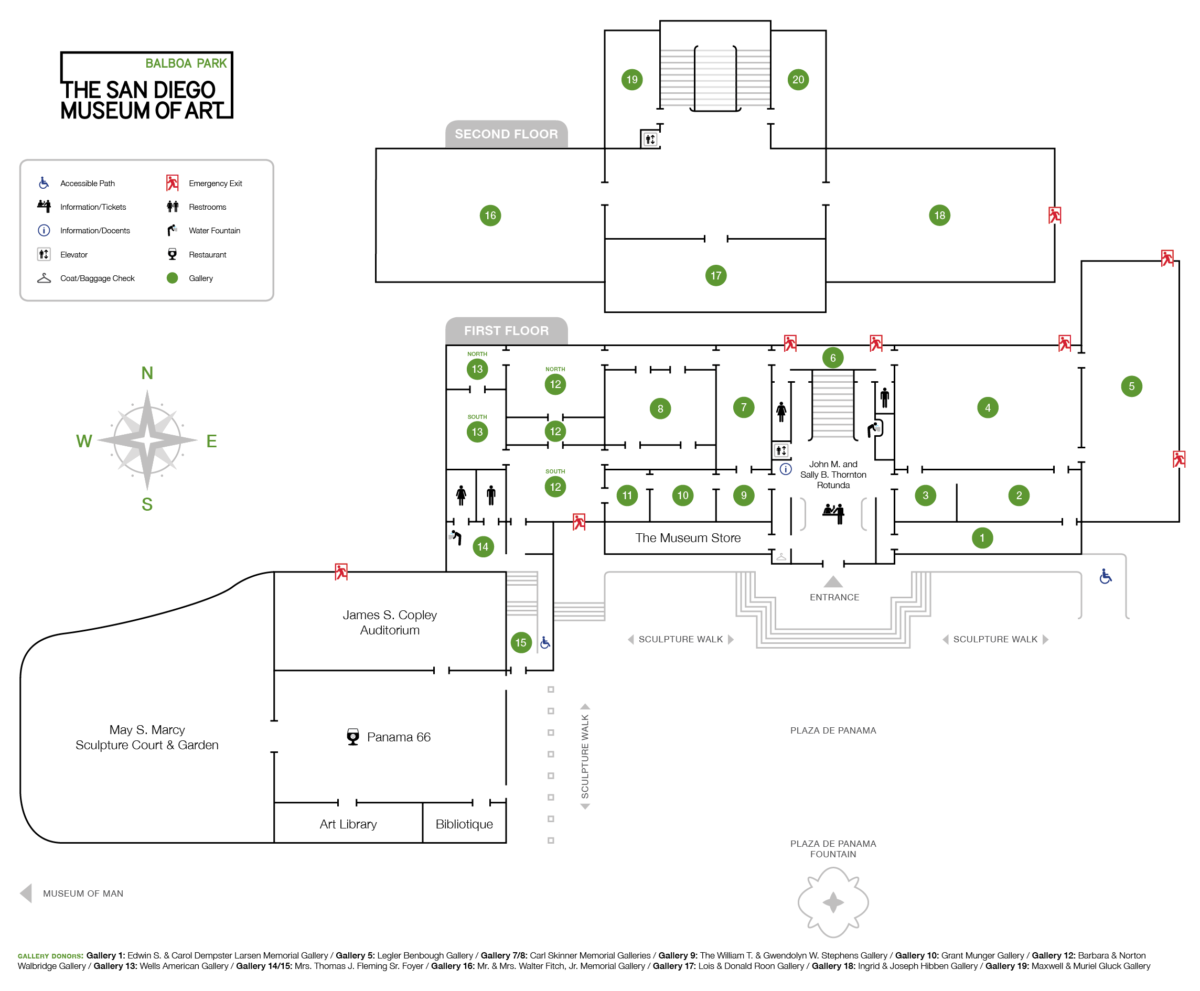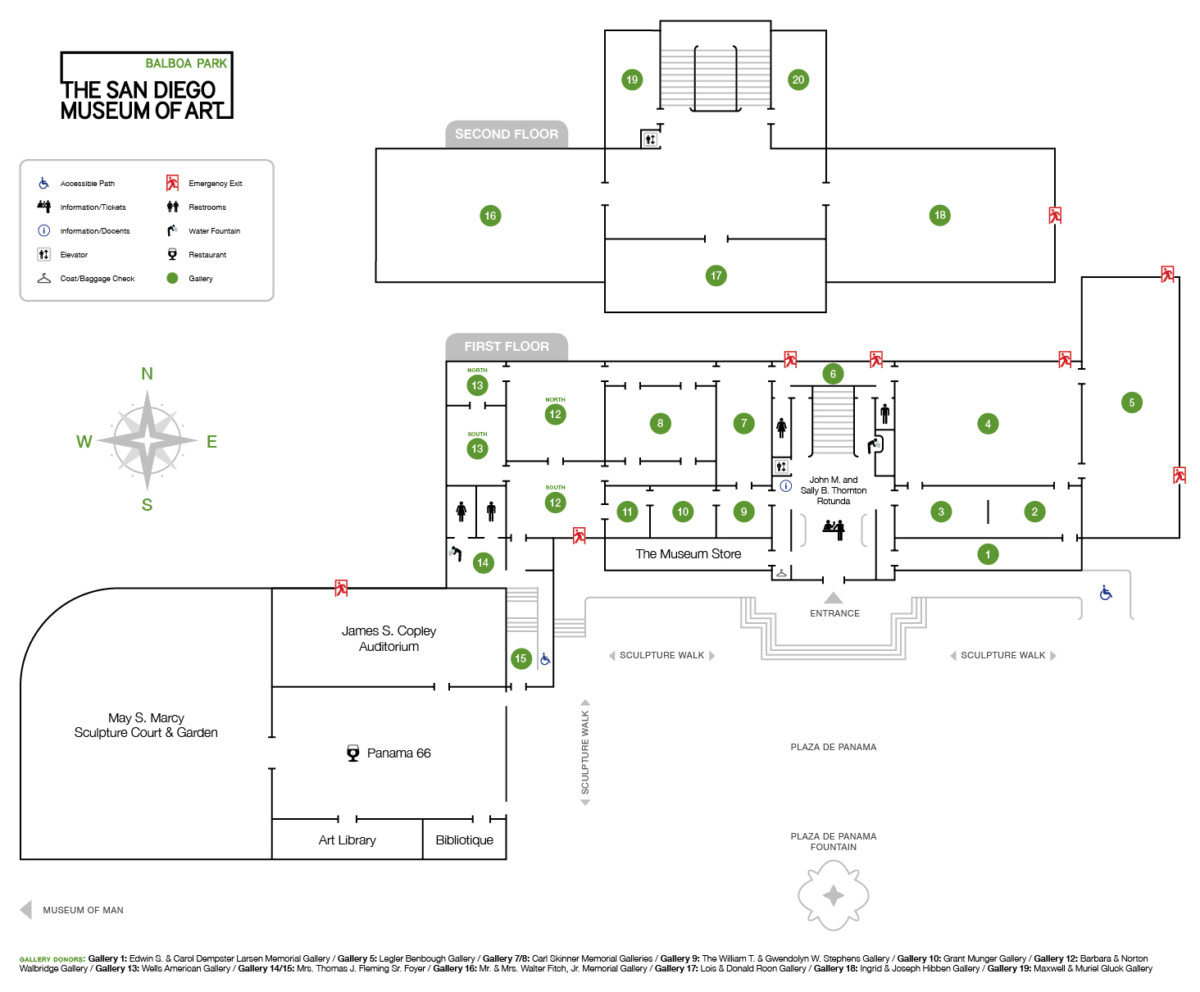Portraiture is a complex art form. On its surface, it presents a likeness of its subject, yet embedded in these renderings are the relationships between the subject and the artist as well as the various functions a portrait serves: including family memento, signal of social status, and a means of self-expression. As the portraits in this gallery attest, more recently, artists have also experimented with portraiture to explore new and imaginative forms of representation.
Portraiture raises important questions relevant to contemporary society: who is portrayed, why, and through whose eyes is a subject made visible? Today, with social media, portraiture is one of the most common forms of representation in everyday life. Yet historically it was a rarefied medium, reserved for the wealthy and powerful. The works presented here provide an exploration of how portraiture has changed over the past century, and how it shapes people’s understanding of others and themselves.
Featured at top right: Giorgione (Giorgio de Castelfranco), Portrait of a Man (‘Terris Portrait’), 1506. Oil on panel. Gift of Anne R. and Amy Putnam, 1941.100.



